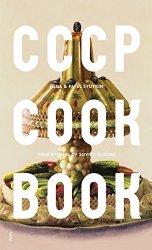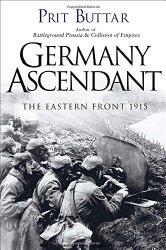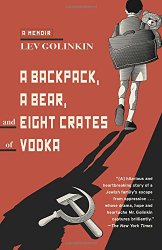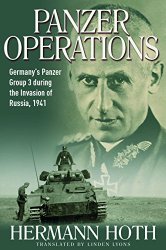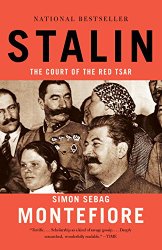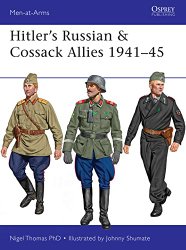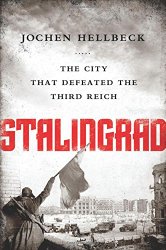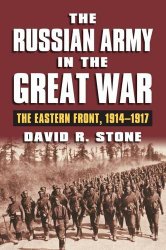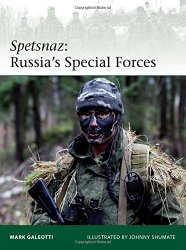As the Soviet Union struggled along the path to communism, food shortages were commonplace, and both Party authorities and Soviet citizens had to apply every ounce of ingenuity to maximize often-inadequate resources. The stories and recipes contained in the CCCP Cook Book reflect these turbulent times: from basic subsistence meals consumed by the average citizen (like okroshka, a …
Russian History
In a tour de force, prize-winning New York Times reporter C.J. Chivers traces the invention of the assault rifle, following the miniaturization of rapid-fire arms from the American Civil War, through WWI, Vietnam, to present day Afghanistan when Kalashnikovs and their knock-offs number as many as 100 million, one for every seventy persons on earth.At a secret arms-design …
Germany Ascendant: The Eastern Front 1915 (General Military)
While millions of men died in France and Belgium in 1915, battles equally as large and bloody were being fought on the Eastern Front, as Imperial Germany, Hapsburg Austria-Hungary, and Tsarist Russia clashed on a scale greater than anything seen on the Western Front. These massive offensives were shocking in their scale and intensity, and hugely important. Yet …
A compelling story of two intertwined journeys: a Jewish refugee family fleeing persecution and a young man seeking to reclaim a shattered past. In the twilight of the Cold War (the late 1980s), nine-year old Lev Golinkin and his family cross the Soviet border with only ten suitcases, $600, and the vague promise of help awaiting in Vienna. …
Panzer Operations: Germany’s Panzer Group 3 During the Invasion of Russia, 1941
This book, originally published in German in 1956, has now been translated into English, unveiling a wealth of both experiences and analysis about Operation Barbarossa, perhaps the most important military campaign of the 20th century. Hermann Hoth led Germany’s 3rd Panzer Group in Army Group Center―in tandem with Guderian’s 2nd Group―during the invasion of the Soviet Union, …
This widely acclaimed biography provides a vivid and riveting account of Stalin and his courtiers—killers, fanatics, women, and children—during the terrifying decades of his supreme power. In a seamless meshing of exhaustive research and narrative ?lan, Simon Sebag Montefiore gives us the everyday details of a monstrous life.We see Stalin playing his deadly game of power and paranoia …
Given the merciless way in which the war on the Eastern Front of World War II was conducted, it is difficult to imagine soldiers changing allegiance from one side to another. Yet after the German invasion of Russia in Operation Barbarossa, well over 400,000 former Soviet Citizens went on to fight for Nazi Germany in some capacity. These …
The turning point of World War II came at Stalingrad. Hitler’s soldiers stormed the city in September 1942 in a bid to complete the conquest of Europe. Yet Stalingrad never fell. After months of bitter fighting, 100,000 surviving Germans, huddled in the ruined city, surrendered to Soviet troops.During the battle and shortly after its conclusion, scores of Red …
The Russian Army in the Great War: The Eastern Front, 1914-1917 (Modern War Studies)
A full century later, our picture of World War I remains one of wholesale, pointless slaughter in the trenches of the Western front. Expanding our focus to the Eastern front, as David R. Stone does in this masterly work, fundamentally alters—and clarifies—that picture. A thorough, and thoroughly readable, history of the Russian front during the First World War, …
When the shadowy, notorious Spetsnaz were first formed, they drew on a long Soviet tradition of elite, behind-the-lines commando forces from World War II and even earlier. Throughout the 1960s-70s they were instrumental both in projecting Soviet power in the Third World and in suppressing resistance within the Warsaw pact. As a powerful, but mysterious tool of a …
